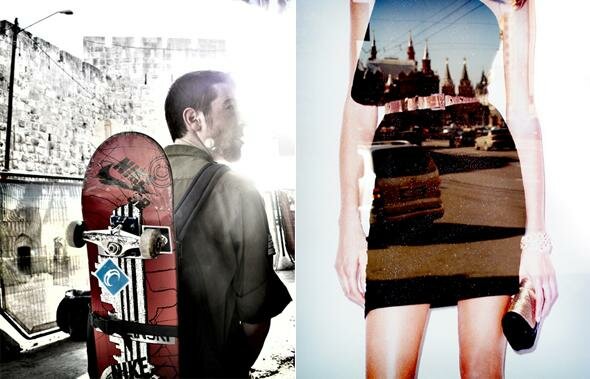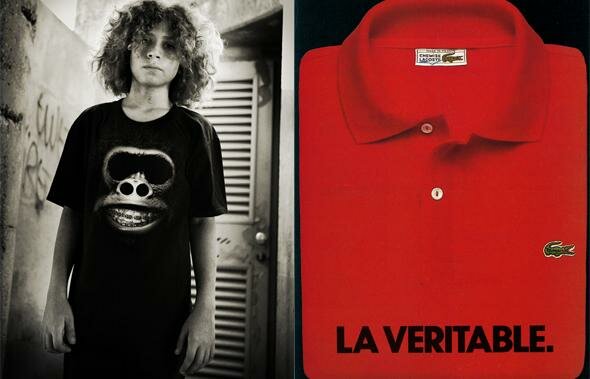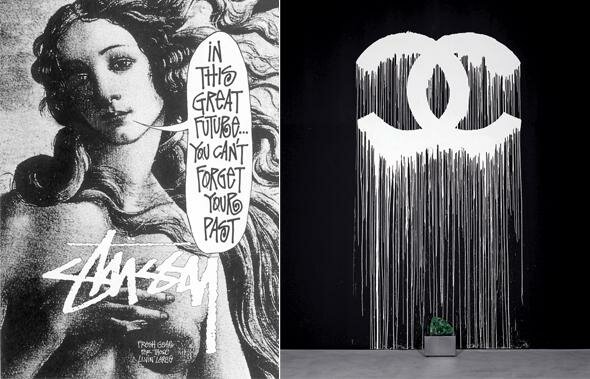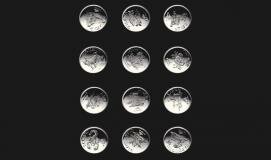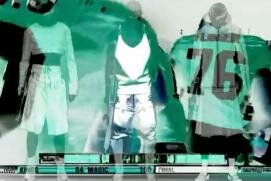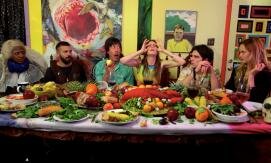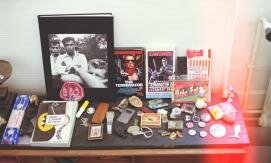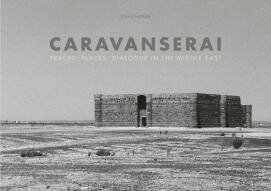- 1
- 2
- next ›
- last »
King Adz: THINGS DONE CHANGED
26/02/2013There has never been so much noise about the death of advertising. Every other lunch I’ve had recently is kicked off with a general discussing about how the existing model of advertising is well and truly broken. Kaput. I have just spent the last few years travelling the world writing a book about youth advertising – the most progressive and adventurous area of the industry – and getting down with some of the most interesting people out there. By the way, I love advertising, work with brands, and I’m very excited about the way it’s changed into something else… It’s the old-school dinosaurs I’m not down with.
Where did it all go so wrong? I hear you ask.
‘Advertising claims to enhance our choice, but it offers us little choice about whether we see and hear it, and ever less choice about whether we respond to it.’ George Monibot.
Respond to what? There is little doubt that by 2013, mainstream advertising has lost its way. It used to be big and clever and funny and entertaining and thought provoking. People used to love advertising; we’d all talk about it on pavements outside pubs on hot summer nights; the good stuff was an accepted part of modern entertainment, but now it’s not. It’s over. The signs were there for all to see: from cranking up the volume of TV spots to subjecting us to moronic opera singers or annoying comics-turned-salesmen or fake toothpaste ‘dentists’ in shopping malls showing people how bad their teeth are – it was all so wrong. Do they think we’re morons? Did they think we’d swallow the obvious lies?
The death of traditional advertising couldn’t have come at a better time, and as you’ve probably guessed it’s all down to digital. The world 2.0 is so savvy and connected and switched on that the traditional advertising – print and TV – had to fall sooner or later.
The old empire of ‘buy this’ is long gone. The new regime is all about open, honest communication that begins with us, the producers, finding out what the public wants; what they need. This may sound strange to some of you out there, but we used to start looking out as where we could aim the crap, sorry, communications, but with content we have to start by looking in – to the very souls of our audience, the people who will be parting with their hard-earned cash. It’s the only way forwards. If you don’t start as you mean to go on, your work will just be another wasted piece of ‘marketing’.
‘To be creative you need to be constantly insecure and there are no rules for anything in our head as well so when we talk here about the future of advertising, that’s not the main issue, what we’re really asking here is what is the future of the way people think or what is the future of ideas. This is what’s important, and as the whole media landscape changed the relevant thing is the strength of good ideas, and these ideas are now the selling point than any kind of medium. If you have a great media-independent idea then that is the strongest of all and will always survive the trends and topics…’ Erik Kessels
Attitudes have changed towards the whole concept of advertising. It used to be a big deal when a band allowed their tune to be used (usually for a Levi’s spot). The song would re-enter the charts and often go to number one. Now-a-days no one gives a toss about who’s supplying the sounds as very few musicians say no to the brands or no to the money. That whistling Scandinavian tune for instance, that has been licensed for several different brands – what is up with that? It says something when you’re confused about which subliminal you’re meant to be responding to (subliminally). And Iggy Pop – say no more. He certainly cashed in his credibility chips for a ventriloquist’s dummy.
‘So think about this: Two years ago there was no Twitter – who could anticipated something like that? No-one has the slightest clue about what the world is going to look like six months from now, let alone six years from now. But there are absolutely rules. There are rules where I work – to sell the merch; to communicate; to get people to see the work, and that’s where it gets complicated because it’s more difficult than ever to actually communicate as we live in this environment of unprecedented clutter which is incredibly difficult to cut through. And that’s what makes it so exciting – this is the golden age of creativity, as it’s never been easier to get people to see the good stuff and it’s never been easier to see shit sinking into the ocean.’ Andrew Essex
If there is one word that’s being abused at the moment it’s ‘content’. Everyone in the industry (and out of it for that matter) knows that content is king; but a lot of people still don’t really get what it means, let alone how to create it properly. It is the savior to all the problems faced by the advertising when trying to connect to the youth. I was in a meeting the other day with one of the leading photographic agents out there and she asked me what it really meant. This is what I told her:
‘It’s just like advertising, but without 30-odd people looking over your shoulder (who will need sushi and energy drinks in the not to distant future), with a tenth of the budget and no time at all to create the work. But it’s the most exciting and creative part of the business to be in right now.’
And a few days later, when ad legend-turned film director Tony Kaye asked me the same question I knew things had shifted. The bottom line is that content is the conduit between brand and audience, and to understand what makes authentic content work, you have to begin with sub- or street-, or youth-culture. And as I’m sat next to him right now (we’re working on a film together), Tony Kaye can fill you in.
‘Street culture is a generation of voices that are trying to express themselves and be heard, but they haven’t yet found a proper audience within the mainstream. So they go outside into the world and onto the street and they shout – either with their voice or paint a picture on a wall or they stand on a corner with a guitar or some form of musical instrument and play a song or they do an open mic or whatever, and they go through a number of hours day weeks years and ply their craft and try to get their expression out into the world.’
So it’s no fluke that content that really connects a brand to an audience is being produced as a by-product of street culture, of exciting interesting and weird-and-wonderful events that happen on or near the street. It has to be. It can’t be the usual brand exercise that has been written, story-boarded, focus-tested, rinsed, strung out to dry, and then packaged up with a logo at the end and chucked out into the world. It has to be created in an authentic way. Nurtured.
is out now published by Thames & Hudson.
King Adz








